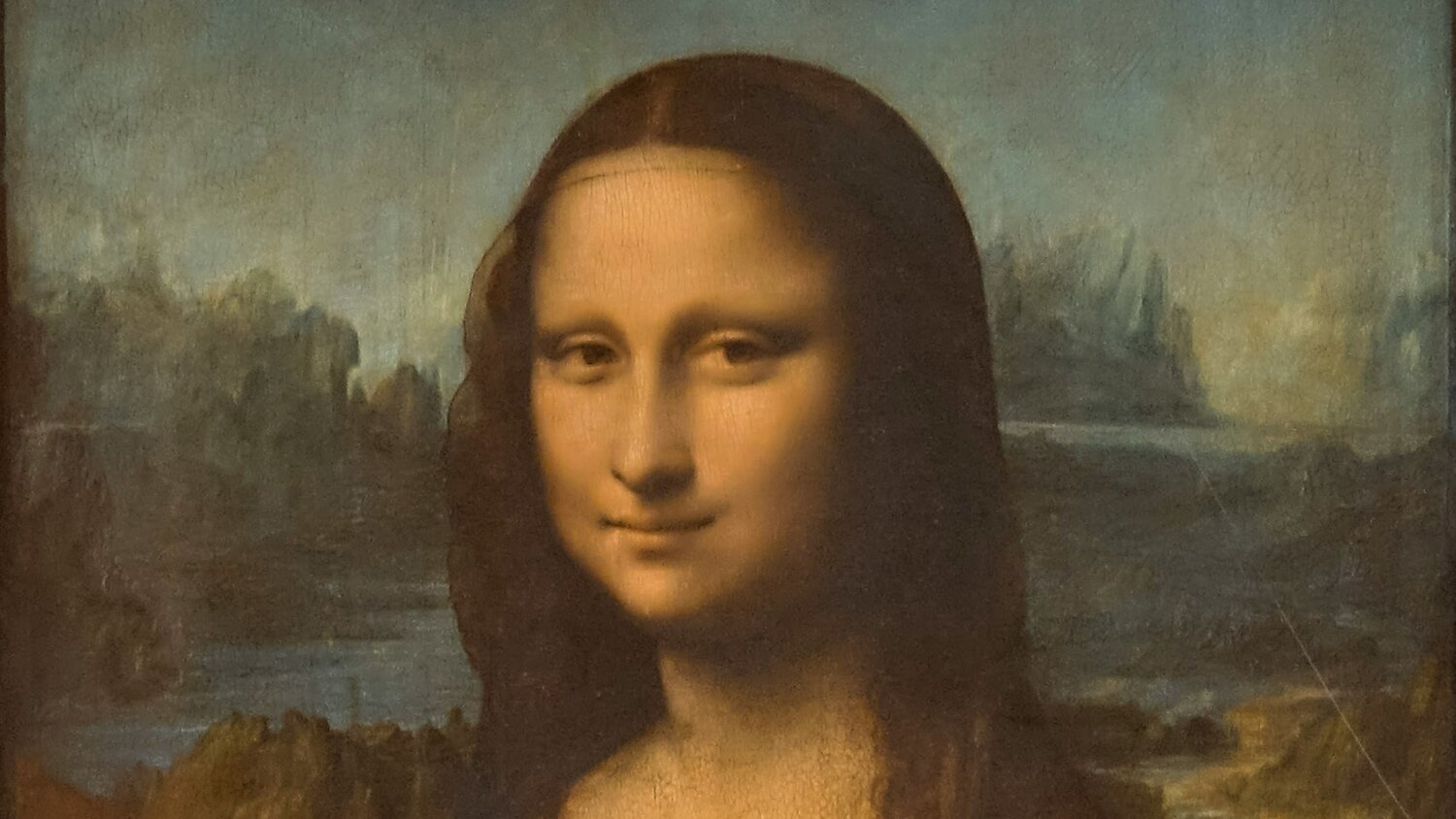
A smile is the most universally recognized language of friendship. It crosses cultures and bridges languages. It is the connection between friends and the bond between mothers and newborns. It is the first expression of love in an infant’s life.
That first smile is a baby’s recognition of her mother. It is the first shared awareness that the child knows how to connect. As we get older, it is the expression of contentment, happiness, love, forgiveness, empathy and reassurance. A smile can mean so many things that Leonardo da Vinci’s “Mona Lisa” is the most debated and recognized painting of all time.
For da Vinci, the smile represented the ideal of happiness — a concept that is hard to define. Perhaps that is why the Mona Lisa is so universally appreciated; everyone who looks on the warm colors, the relaxed hands, the confident posture and the contentment in the eyes sees their own life and the relationships they enjoy.
The Mona Lisa’s smile is a canvas for our own interpretations. The young mother may see the Mona Lisa as a maternal overseer, watching her children grow. The grandmother may see the growing family and reflections on a life well-lived. A young girl may see confidence in the future. And the husband may see an ideal to which he perhaps aspires, serenity amid the stresses of life.
How did the artist capture so much universal emotion in a single painting? This was da Vinci’s genius. He was a great observer of life. Born into what was described as the lower class, young da Vinci showed artistic promise. He began as an apprentice at age 14, which would have included grinding pigments, mixing paints and preparing canvases. He learned the chemistry of color and the mathematics of perspective. As he grew and learned from the masters of his period, he kept furious notes on everything, from how water currents moved to how light played on different surfaces.
He began his paintings by laying down the dark of the shadows and layering colors and glazes until the light felt like it was emerging from the surface. The subjects he chose to paint were often everyday townsfolk. He enjoyed the real lives of real people. He had a great love for his students and was revered for his gentle ways. A lifelong vegetarian, he also had a tender heart, often going to the market to buy caged birds only to release them.
Many art experts speculate that the Mona Lisa is a disguised self-portrait. Da Vinci was shy and handsome as a young man. It is said that he painted the simple portrait of a contented woman to capture the very idea of happiness in himself and as a universal emotion. It is that smile that has lasted all these years, a reminder that all of us can find our own happiness. And we can make others happy as well, with just a smile.
Smile... PassItOn.com®